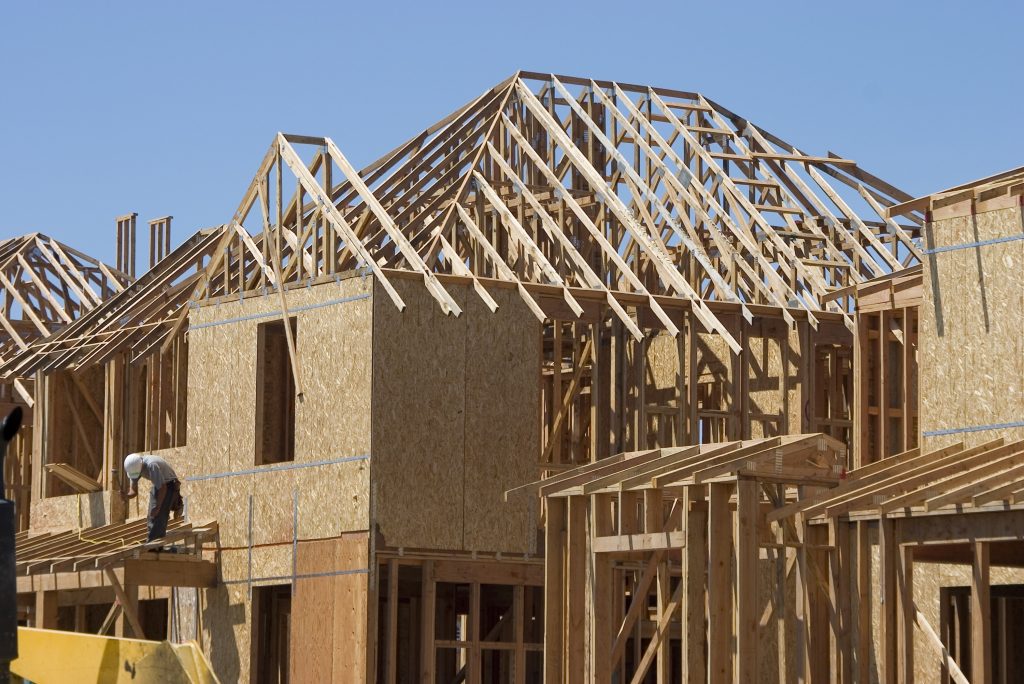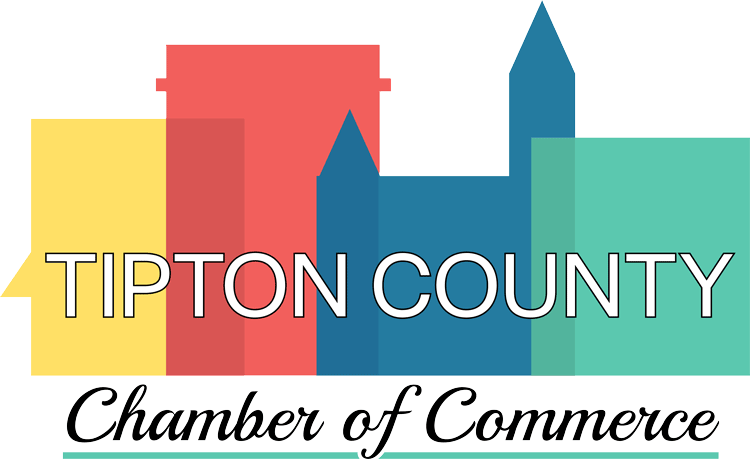The Art of Housing

Written by Kegan Schmicker, Executive Director of the Tipton County Chamber of Commerce
What has been surprising with respect to the conversation of housing is that most in our community agree it is an obstacle. I have participated in many community meetings and discussions that focused on creating a needs assessment for Tipton County. In every one of these meetings, the topic of housing was mentioned. What was surprising about this was the collective agreement that this was needed, which would highlight that in general, our community members agreed that planned growth of our community was necessary if we hoped to see the City of Tipton and Tipton County achieve greater prosperity. What was also common in these discussions was the assumption that new housing needed to come in the form of another housing development adjacent to city limits. And while these types of developments are necessary and help to attract a specific demographic, there are also other housing types that could be explored that would help our community achieve the same goals, yet come at a cheaper price.
Having worked in the Mayor’s office and now at the Tipton County Chamber of Commerce, I have traveled the state to learn from communities that have successfully implemented housing strategies to improve their prosperity. It is true that not all of these strategies would make sense in Tipton County, but there are some that could be implemented that would increase our population yet not compromise the values and beliefs Tipton County prides itself on. The specific housing types that I would like to suggest include townhomes/condos, market-rate (non-subsidized) apartment complex, patio homes, and in-fill development.
Townhomes/Condos: The uniqueness of this housing type is that it would actually attract individuals on two ends of the spectrum. Certainly, this type of housing would appeal to the younger generation that is not quite sold on the idea of mowing the grass once a week or spending a few hours in the landscape pulling out weeds, but is more interested in the freedom this housing offers. Without the additional responsibilities of maintaining their home, these individuals will spend their time, and money, experiencing the things in and around Tipton County. These activities would include concerts, festivals, camping, sporting events, other recreational activities, and potentially becoming more active civically.
The other demographic this housing type attracts is actually the empty nesters. Without the need for a larger home to support their children and seeking to explore more activities now that they have discovered a new sense of freedom, these individuals also enjoy the idea of low-maintenance housing. What is rather remarkable is that this demographic will generally spend their free time in nearly the exact same way as the aforementioned demographic; concerts, festivals, camping, sporting events, other recreational activities, and civic engagement. It is for these aforementioned reasons that this type of housing makes a great opportunity for our community.
Market-Rate (non-subsidized) Apartments: Whenever the discussion of apartment housing arises, there is always consistent feedback that a safe and clean apartment complex does not exist in Tipton. What these individuals are trying to convey is that while there are apartment opportunities in our community, many are plagued by deferred maintenance issues, poor living conditions, or are generally unsafe. Seeing the success of other communities in the exploration of an apartment complex is why the City of Tipton could also succeed with this strategy. For example, Frankfort’s Nickel Plate Flats complex in their downtown boasted 75% occupancy after only 8 months with 80% of the residents coming from outside of Frankfort. Further to the point, the City of Tipton could achieve similar results given our proximity to Hamilton County and the need for more affordable rental housing. This is not to say this housing would be cheap, but in comparison to prices experienced in Westfield, Noblesville, Carmel, and Fishers an apartment complex in Tipton could perform well. This would also help to introduce new residents to our community to encourage them to become long-time residents of our community.
In addition to this and though an obvious answer may not exist, locating this development as close to downtown as possible is a must. Individuals who want apartment living also want connectivity to retail and restaurant amenities, with easy access to recreational amenities. Placing this near the edge of city limits would not achieve any of these, nor would it help to improve the vitality of downtown. Lastly, it is worth noting that Frankfort was successful in attracting its apartment developer after the City of Frankfort announced its plan to build Prairie Creek Park in Downtown Frankfort.
Patio Homes: We have seen some recent development in the City of Tipton focused on providing affordable housing to senior citizens in our community. What has been learned through this experience is that there is also a great need for non-subsidized housing for seniors in our community that exceed the income threshold for subsidized housing. This is where patio homes could help. Patio homes are defined as small, single-family homes with small yards on shared lots. These homes would allow seniors the ability to leave their larger homes for a small ranch-style home and would help promote aging in place. Additionally, this would help to retain these community members so that they can continue to volunteer, shop, and enjoy the community they have lived in for so long. Not providing adequate housing for this demographic does run the risk that they will export their wealth out of Tipton County, never to return. While this is a crude way to view this demographic, these types of fiscal conversations need to take place to ensure our community’s non-profit organizations, schools, and units of government are capable of raising enough revenue to provide the expected level of service we expect.
In-Fill Development: In-Fill Development is the practice of constructing a home on an existing lot within a city’s existing limits. This type of development is much easier and much cheaper than a new housing development, largely because the infrastructure for these lots already exists and the services to these homes are already available (trash, police, fire, EMS, etc.). With that said, in-fill development is not usually going to result in the construction of 100+ new homes in a community like a new subdivision could. However, this type of development helps to increase the density of a city and is a much more sustainable way to pursue housing while also reinvesting in existing neighborhoods. This strategy could be further leveraged by implementing a blight elimination strategy in Tipton, Sharpsville, Windfall, and Kempton. Each unit of government could be working to eliminate blighted properties while at the same time working with residential home builders to construct a brand new home on these lots immediately after demolition. This strategy would not only result in new homes and residents but would also increase the market value of the neighborhood, therefore increasing the wealth of the property owners in the immediate area. This type of strategy would produce the highest number of positive outcomes for the community, neighboring properties, and new residents.
This is not to say that a new subdivision should not be considered or pursued, but there are other housing types that also need to be considered. This is especially true if we are hoping to address the affordable housing issue plaguing this country. Building a new home at a price point of $175,000-$250,000 will result in a subpar product that will quickly begin to cause a strain on the community’s resources. Not only does urban sprawl require a large expansion of our utility infrastructure, but also increases the service area of our fire, police, and street departments. An article published by CNBC on September 15, 2021, surveyed builders whose feedback was that producing homes below $300,000 in the present market is growing increasingly difficult due to the continued demand for housing and building materials.
You may start to gain some appreciation for the title of this article: The Art of Housing, because you can begin to understand the complexity of the conversation and why a community should be reviewing data and creating a long-term strategy when pursuing housing options. Housing is complicated and a copy-and-paste solution does not exist because each community has its own values and beliefs it hopes to sustain. We are encouraged by the recent conversations around housing in Tipton County and encourage everyone to explore their own wants and needs around housing. Indiana University’s Center for Rural Engagement has also developed a Hoosier Housing Ready Toolkit that the Tipton County Chamber of Commerce will be utilizing to help formalize these strategies so our local efforts are intentional and specific.
